The Words of Veteran Technology Journalist Steven Levy in His Obituary Honoring Engineer and Innovator Bill Atkinson:
My first encounter with Bill Atkinson was truly unforgettable. It was November 1983, and I was reporting for Rolling Stone, granted rare access to the team of engineers developing the Macintosh computer, which was set to debut early the following year. Everyone kept telling me, “Just wait until you meet Bill and Andy,” referring to Atkinson and Andy Hertzfeld — the two principal creators of the software behind the Mac.
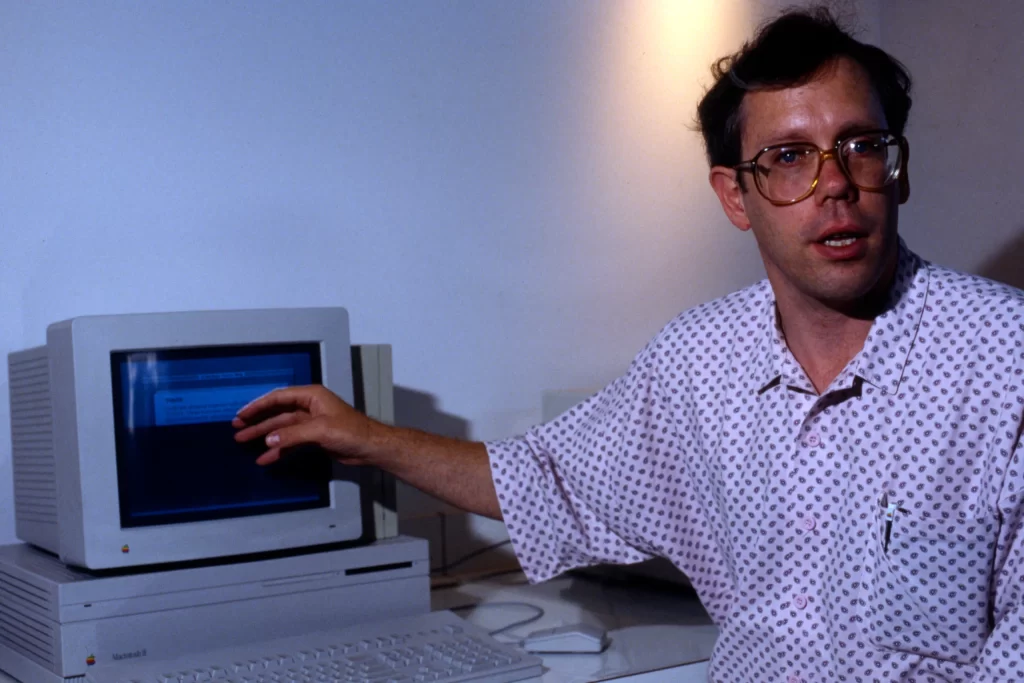
Here’s how I described that meeting in my book Insanely Great:
I met Bill Atkinson first. A tall man with wild hair, a thick mustache, and piercing blue eyes, he radiated a kind of obsessive energy—like something out of a Bruce Dern performance. Like everyone else in the room, he wore jeans and a T-shirt. “Want to see a bug?” he asked me with a grin, then pulled me over to his corner workspace and pointed at his Macintosh. On the screen was an incredibly detailed drawing of an insect.
It was stunning—something you might expect to see on a high-end workstation in a research lab, not on a personal computer. Atkinson chuckled at his little pun, but then grew solemn. In a near-whisper, he said with reverence, “The boundary between words and images has been erased.” He continued, “Until now, the world of art has been something most people could only observe from a distance—like fine ceramics. Now, it’s something people will use every day.”
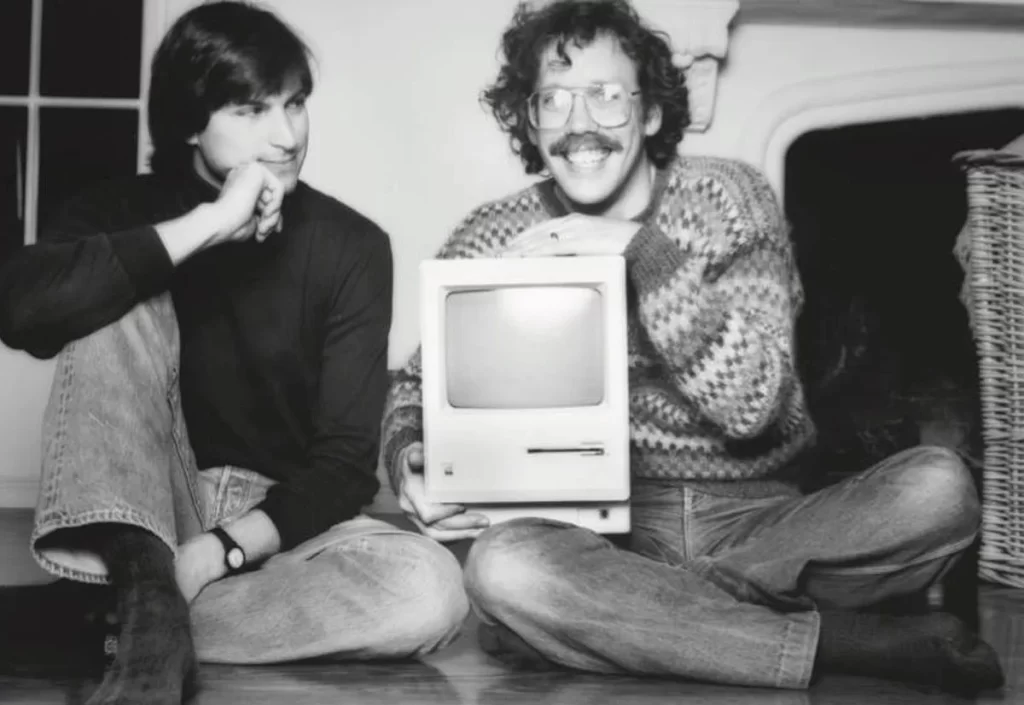
It’s clear now that Atkinson was right. His contributions to the development of the Macintosh were critical in achieving the breakthrough he once spoke to me about in Apple’s lab—known then as Bandley 3. A few years later, working largely on his own, he would make yet another landmark contribution with the creation of HyperCard, a program that laid the groundwork for what would eventually become the World Wide Web.
Through it all, he remained a source of boundless energy and joy—a constant inspiration to all those who would go on to change the world through lines of code. On June 5, 2025, after a long illness, Atkinson passed away at the age of 74.
Becoming a pioneer in personal computing was never part of Atkinson’s original plan. As a student, he studied computer science and neuroscience at the University of Washington. But in 1977, when he first encountered the Apple II, he fell in love with it—and just a year later, he joined the company that built the machine. He was Apple’s 51st employee.
In 1979, he was among the select few whom Steve Jobs invited to visit Xerox PARC, where they were shown an early graphical user interface. Atkinson was deeply inspired by what he saw, and it became his mission to translate that futuristic technology into something accessible to everyday users. He took on that challenge as part of Apple’s Lisa project.
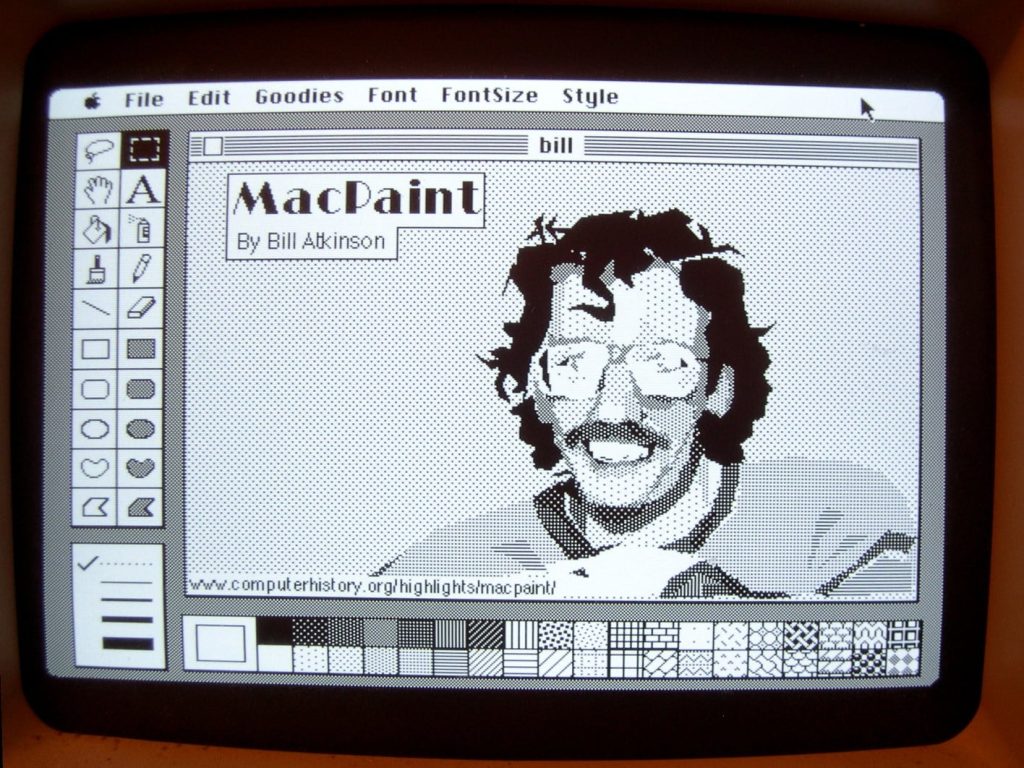
During his time at Apple, Atkinson pioneered several conventions that remain staples of modern computing—most notably, the menu bar. He also developed QuickDraw, a groundbreaking graphics engine that enabled fast and efficient rendering of objects on screen. Among those objects was the now-iconic “RoundRect”—a rectangular dialog box with rounded corners—which became a hallmark of graphical user interfaces. Atkinson initially resisted the idea, until Steve Jobs urged him to take a walk around the neighborhood and observe how nearly every sign and object featured rounded edges.
When Jobs took over a separate Apple project inspired by Xerox PARC technology—what would become the Macintosh—he “borrowed” Atkinson, whose contributions had a profound impact on the product. Andy Hertzfeld, who led the design of the Mac’s user interface, later admitted: “Whatever Bill Atkinson did on the Lisa, I just reused—exactly as it was.” However, Atkinson became disillusioned by the Lisa’s prohibitively high price. Embracing the vision of a more affordable alternative, he began developing MacPaint, a program that allowed users to create digital drawings on the Mac’s bitmap screen—one of the first truly intuitive graphics applications for personal computing.
After the Macintosh launched, the original engineering team began to dissolve. Atkinson was named an Apple Fellow, a title that granted him the freedom to pursue his passions within the company. He soon began work on a project he called Magic Slate—a high-resolution display device operated by a stylus and finger gestures on a touch-sensitive screen. Though ahead of its time, the concept foreshadowed technologies that would become commonplace decades later.
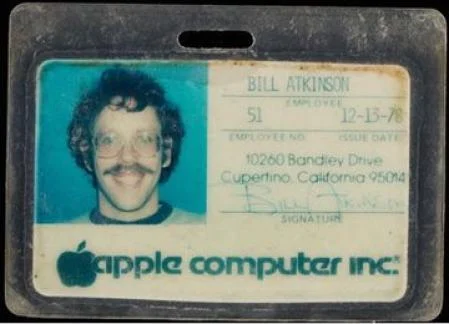
In other words, he envisioned creating an iPad—25 years ahead of its time. But the technology of the era simply wasn’t ready to deliver something so compact, powerful, and affordable. Atkinson once expressed hope that the device would be so inexpensive that people could lose six of them a year without worry. Naturally, products that arrive far too early for their time rarely find success.
After the failure of the Magic Slate, Atkinson fell into a deep depression that lasted for months. He became so disheartened that he no longer wanted to turn on his computer. One night, he wandered away from his home, eventually looking up at the stars—countless pixels scattered across the night sky. That moment of quiet reflection helped him recover his spirit. Inspired, he decided to repurpose some of the ideas behind Magic Slate into software for the Macintosh.
He designed a program in which information—text, images, video, and audio—would be stored on virtual data “cards,” all linked together. It was a vision reminiscent of an idea first proposed in the 1940s by researcher Vannevar Bush and later clarified by technology pioneer Ted Nelson, who coined the term “hypertext.”
But it was Atkinson who brought the concept to life—making it functional on a personal computer. When he demonstrated the program, called HyperCard, to then-Apple CEO John Sculley, Sculley was deeply impressed and asked Atkinson what he wanted to do next.
“I want it to ship,” Atkinson replied.
Sculley agreed, and HyperCard was bundled with every Mac.
HyperCard would go on to become a spiritual precursor to the World Wide Web, proving that the concept of linking information was not only visionary—but entirely feasible. It laid the groundwork for the connected world we know today.
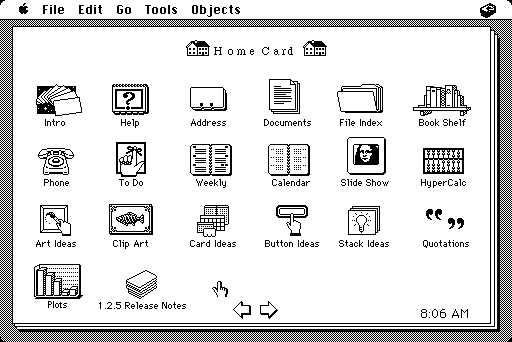
Atkinson left Apple in 1990. Shortly thereafter, he joined several colleagues from the original Macintosh team—alongside future tech luminaries like Tony Fadell, who would go on to help create the iPod, and Megan Smith, who later served as the U.S. Chief Technology Officer under President Obama—to found General Magic. The company embarked on a bold and visionary attempt to build a handheld device capable of doing everything the iPhone wouldn’t accomplish until 15 years later. Unfortunately, their product debuted just before the internet revolution took off. Once again, Atkinson’s work was ahead of its time.
In his later years, Atkinson developed a deep passion for nature photography, assembling a striking collection of fine art prints. His photo book, Within the Stone, showcases intricately cut and polished stones, revealing the luminous, hidden worlds within.
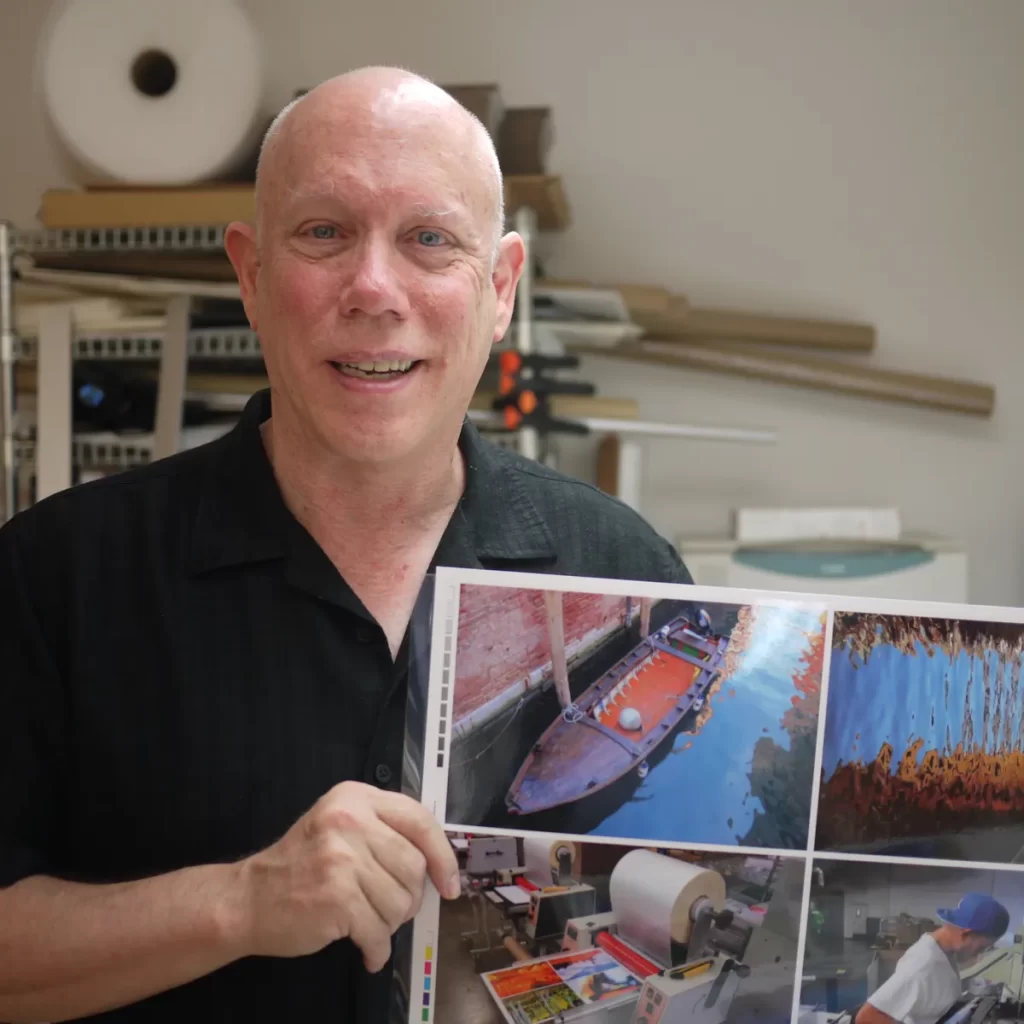
The last time I saw him was at a reunion of the original Macintosh engineering team in January 2024, marking the 40th anniversary of the Mac. He was as cheerful and spirited as the day I first met him, joining in lively conversations with fellow team members at the Computer History Museum.
Atkinson attended Burning Man in September 2024. On October 1st, he shared a post on Facebook announcing his diagnosis with pancreatic cancer, asking friends for prayers and blessings. “I have lived a wonderful and magical life,” he wrote. Earlier this year, he launched a redesigned version of his personal website, offering free downloads of his photography. Even in early 2025, he was still traveling—most notably, taking a two-week sailing trip to Puerto Rico and the Virgin Islands.